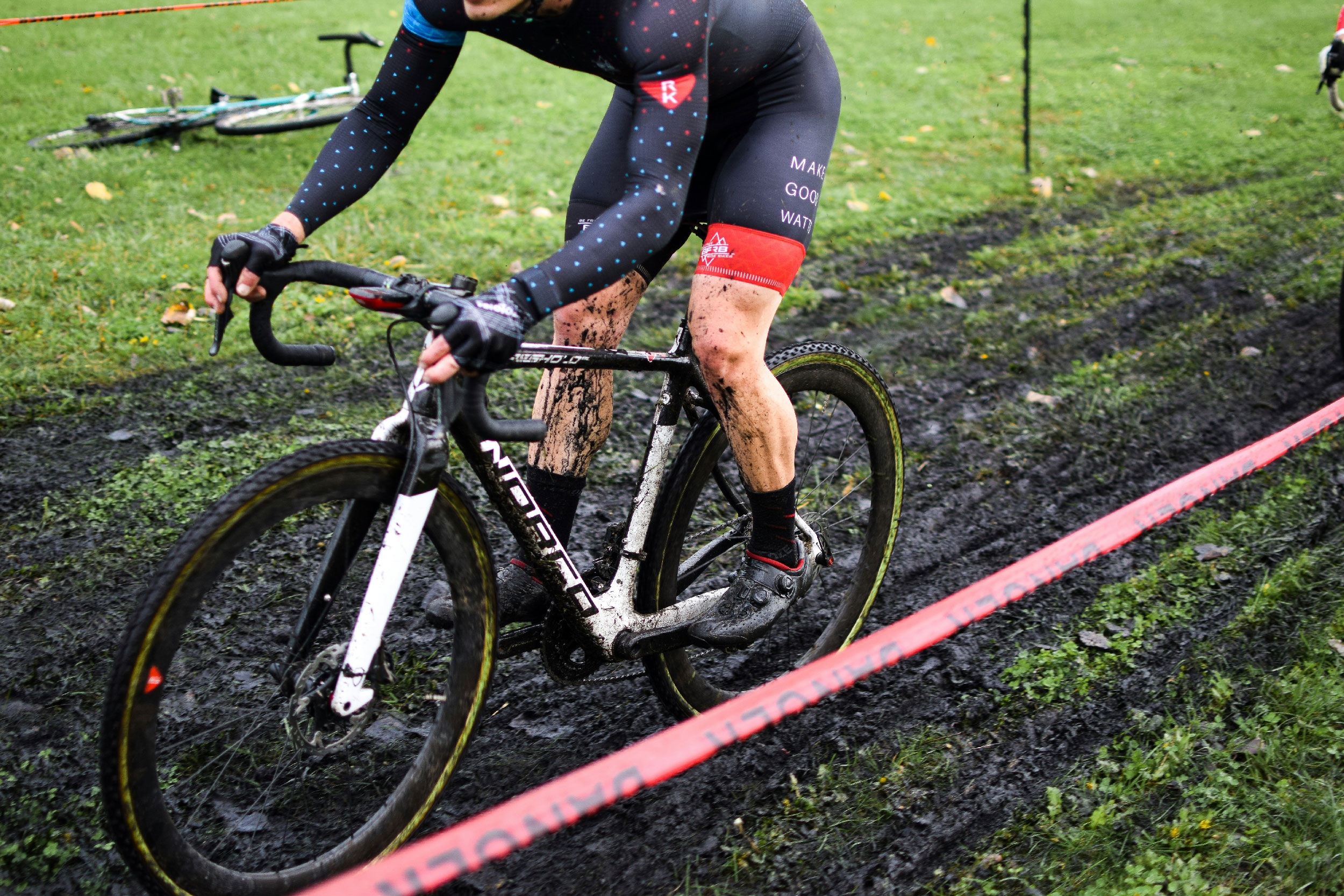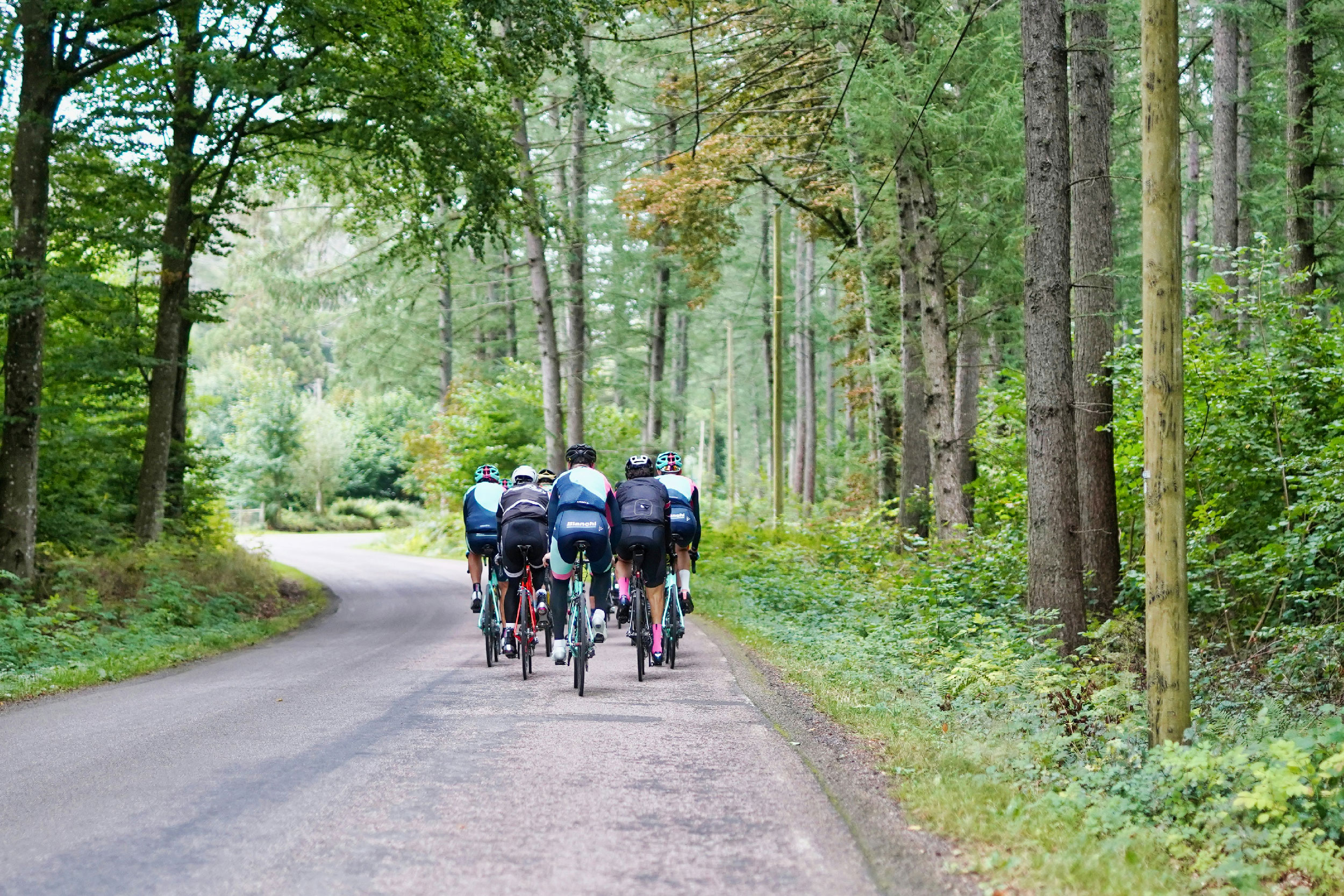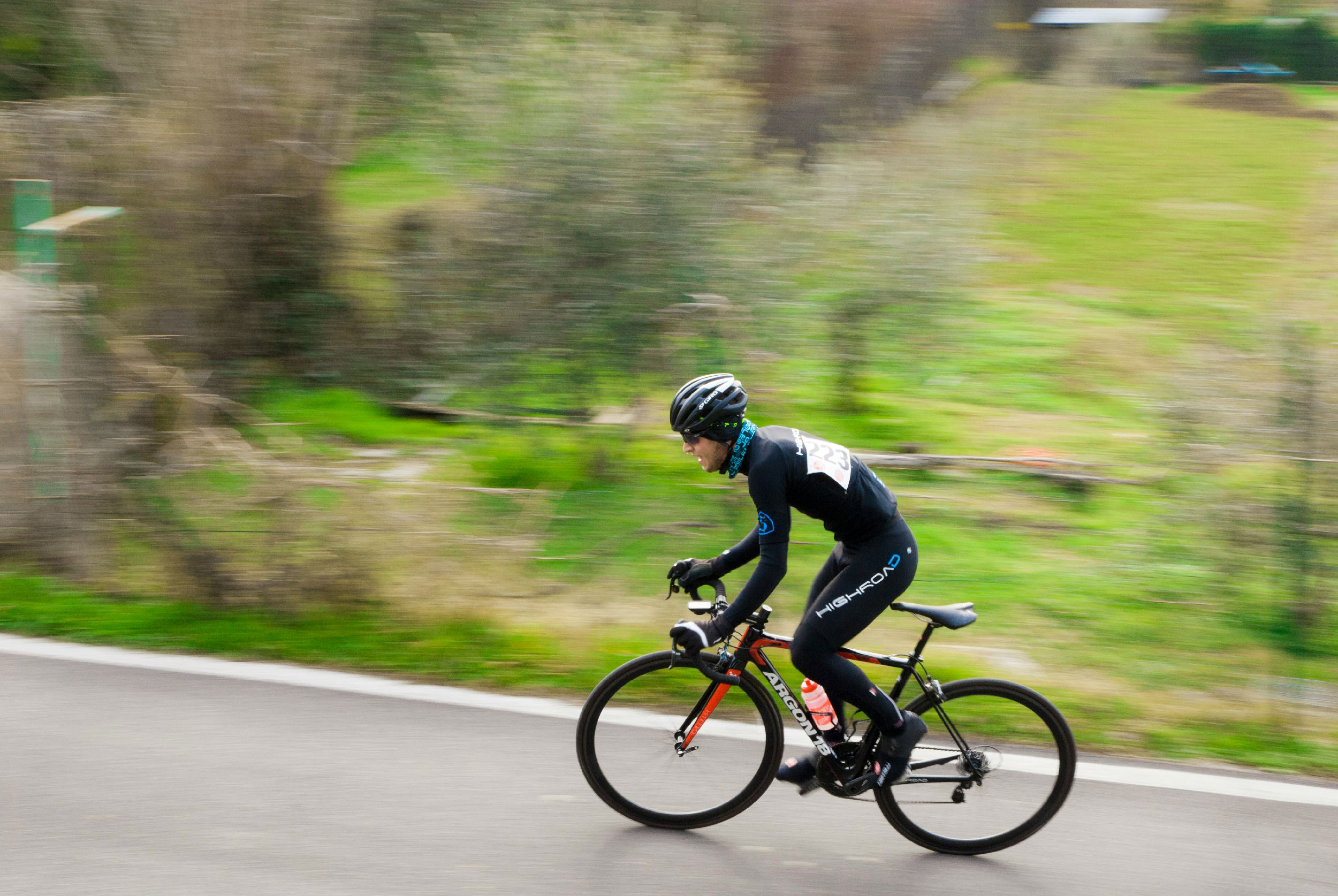
Tapering or refinement
When the main competitions of the athlete who have marked in his calendar since the beginning of the season are when we must “make changes” in what we usually do. But, It is easy to get tired or bad sensations to the tests we want to perform.
That's why, that there is the process of refinement or tapering, where it allows us to reach our best conditions to pay maximum that important day.
First of all, We must take into account the adaptation process that arises in our body in front of any load, Although we must monitor, The intensity of this load. For this, H. The most 1957 He discovered that he passed in our body in front of a physiological stimulus, Be a training, An energy debt, etc…
In front of this process, We can see that before a stimulus, There is a loss of performance caused by fatigue, but then as time progresses and the intensity of the stimulus is reduced, There is a recovery and supercompensation phase later, where we should be at the time of competing the days that interest us.
We will understand then, that tapering is the systematic and progressive reduction of training as an important competition approaches, To look for this supercompensation.
In this tapering process, Intensity in most works are maintained and can even be increased, But if the volume of training is reduced.
The process can last from 6 to 21 days, Always depending on the durable of the competition and the previous load carried by the athlete.
This process of "refinement" suffered by the athlete produces a series of changes at the physiological level in the athlete's body.
Los main changes that we can find in the body of athletes are:
- Increased hemoglobin and therefore, greater oxygen transport to our muscles. Yamamoto (1988)
- Maintenance or small increase in maximum oxygen consumption (VO2max).
- Increase in glycogen reserves in skeletal muscle.
- Greater ability to withstand time until exhaustion. Shepley (1992).
- Increased muscle strength between a 10 and 20%. Staircase (2000)
To control Better tapering, For any coach we must keep in mind the control of four variables so that the process is correct:
- Tapering time we carry and that remains.
- Intensity of the microcycle sessions or week.
- Session volume and total volume of the week or microcycle.
- Session frequency per week.
A correct planning of a tapering process You should take this sequence into account to be able to obtain the correct performance in the competitions that are included within that process:
- Reduction between a 60 to 40% of the work volume progressively. Regeneration phenomenon.
- Progressive reduction of weekly sessions.
- Maintain high intensities in some training sessions of the week: 70-85% of vo2max (in competitive period) with fractional works.
- Keep in mind the density of the load, or what is the same, The relationship between work / Rest inside the session. It would be the recovery we have between series. We can start with recovery equal to or higher than the serial time but reduce this to give way to shorter or incomplete recovery in some cases, depending on what we are looking for.
Finally you have to keep in mind that we are in front of different types of athletes, But in the case of amateur athletes, that are not dedicated to this, The tapering process is reduced from 6 to 15 days. All this will be linked to the previous charges that the athlete could have made, If it is a person who cannot train much volume, the tapering can be reduced with another athlete who trains twice as much hours as the first.
Each body also has an individual response to tapering and you have to keep in mind that what works for an athlete, It cannot work in the same way for another or vice versa. Keep in mind that the best thing to design a tapering process is to have external advice by a qualified coach and objectively supervise these processes.
General preparatory period
“The generic period is the time after the transitional period, where we will start again
We only have 1 hour to train
Take advantage of that hour of training. Many times we find that we do not have much time





